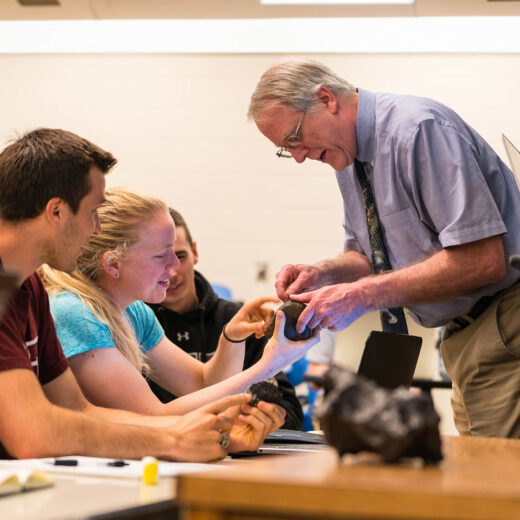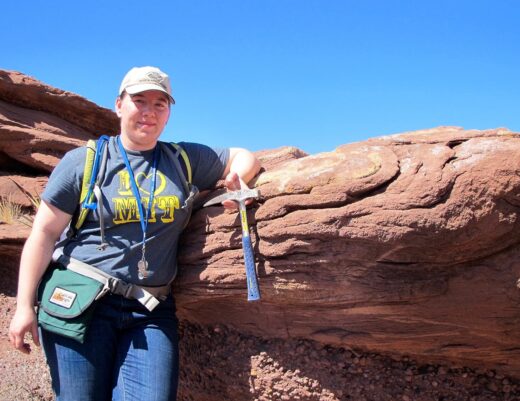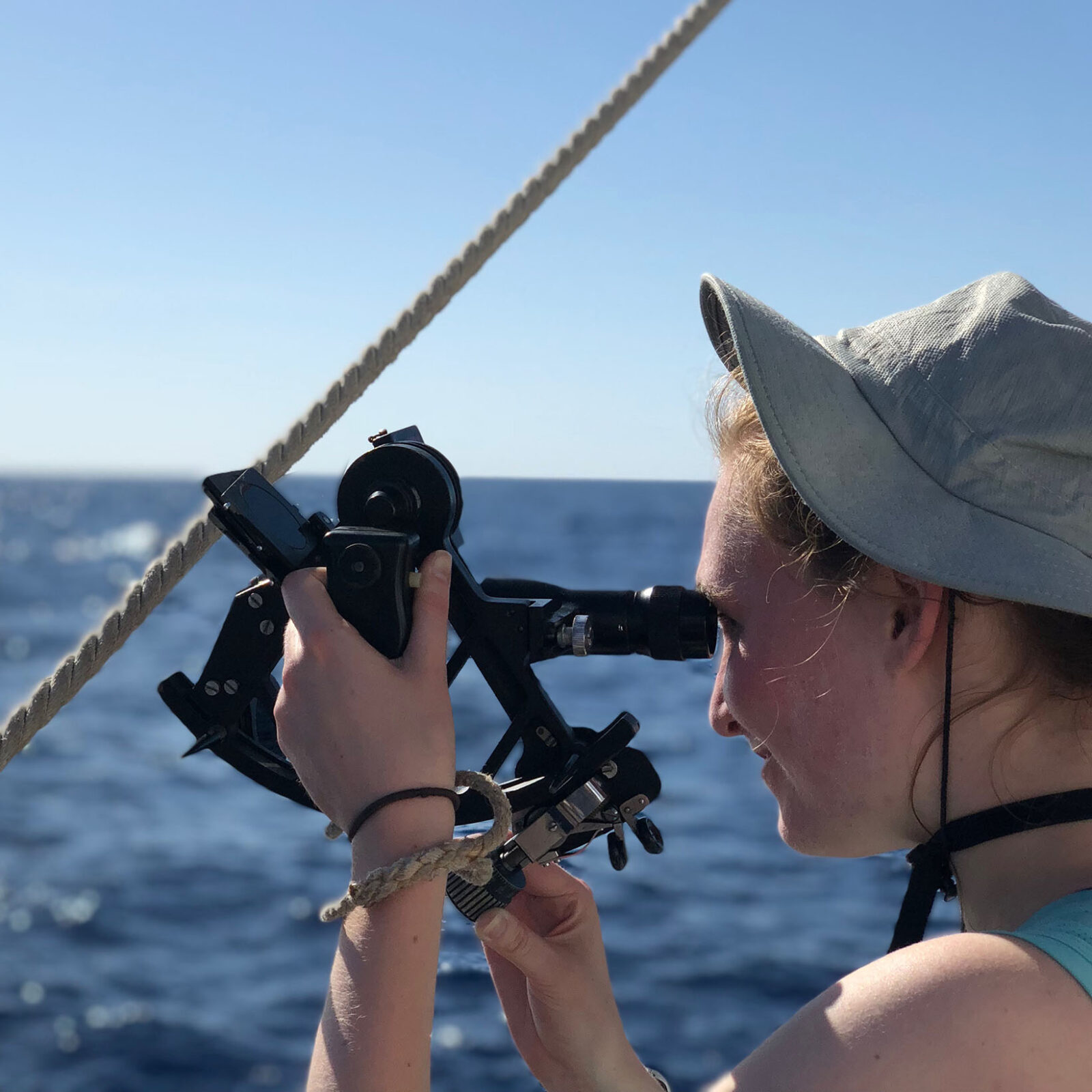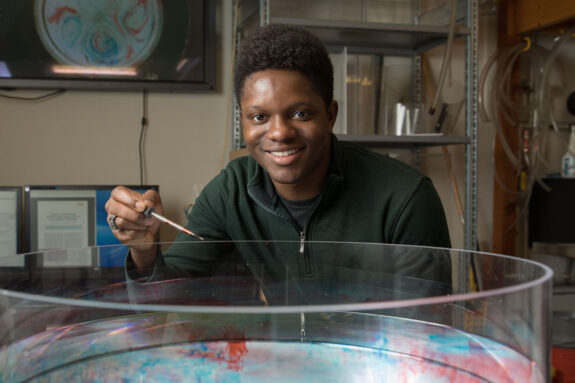Undergraduate Program

Explore Course 12
With an emphasis on personal attention, the Earth, Atmospheric and Planetary Sciences undergraduate program provides students with a challenging course of study in the geophysical sciences, uniting faculty and students in the quest to solve real-world problems using biology, physics, chemistry, mathematics, and engineering.
The Course 12 undergraduate major and minor programs are highly interdisciplinary, data-driven, and hands-on. Many of our classes go beyond the lab, offering opportunities to study in the field, at sites near and far. And, through the Undergraduate Research Opportunities Program (UROP), students in EAPS have ample opportunity to work alongside faculty conducting significant research. We also offer a distinctive Fifth-Year Master of Science degree program.
Course 12 Bachelor of Science
Investigate the interconnected systems that shape the Earth and distant planets—with profound implications for the sustainable use of the world’s resources, the health of the planet, and the exploration of space. In the process, you’ll develop quantitative and analytical skills transferable to any discipline as you pursue your degree and build a career.
Course 12’s flexible academic program is built around four areas of concentrated study, allowing students to pursue their individual interests — choose from:
Course 1-12 Joint Bachelor of Science
EAPS also offers a joint degree program in Climate System Science and Engineering alongside the Department of Civil and Environmental Engineering (CEE). This MIT-centric major combines an understanding of both the Earth system and engineering applications — as well as an understanding of human and institutional behavior — with a flexible module of restricted electives to design your own course of study.
Expertise in Earth science, climate and environmental systems, or planetary science is a high-value addition to any major — whether your career goals are in engineering, data science, the physical sciences, or policy.
Our interdisciplinary options include:
At MIT, First-Year students choose their major at the end of their first spring term. The EAPS Education Office is happy to provide information about everything from classes and major requirements to UROPS and career possibilites, or to put you in touch with members of our faculty studying areas of particular interest to you.
You’ll find EAPS academic forms and thesis guidelines, alongside lots of MIT links to help you pursue your degree and support your growth and well-being.
“EAPS at MIT combines many different fields — astronomy, oceanography, geology, atmospheric chemistry… There were so many things I could explore.”
Charlotte MINSKY ’20
Real-world experience.
The complex interactions we study require a rigorous approach, integrating remote sensing data, field observations, laboratory experiments, and mathematical models to investigate the Earth and planetary systems. You could be mapping rocks in the desert southwest to understand ancient climatic changes, or taking precision measurements of the outer solar system at our own Wallace Observatory.

Interdisciplinary strengths.
Many of our scientists work in more than one area which gives students in EAPS a key advantage to tackle complex questions. Geologists team with atmospheric scientists to understand how models of changing precipitation trends can help predict landslides. Oceanographers harness microbiology and data science to reveal the interplay between climate, oceanic food webs, and the carbon cycle.

Transferable skills.
You’ll develop a broad suite of skills while learning to quantify and model natural phenomena spanning the full scale of space and time, becoming fluent in techniques for analyzing the behavior of complex systems—important tools that can later be adapted to the study of problems in virtually any field.

Chart Your Own Course
Trying to decide among interests in biology, physics, chemistry, and math? Perhaps you’re interested in data science or engineering as well? When you learn more about the research areas in EAPS, you might just find an option as an undergraduate major that encompasses all of your research interests. Course 12’s flexible academic program allows students to develop individualized courses of study, and our small class sizes encourage and enhance student-professor interactions.
Major in Course 12
Looking for the Course 1-12 joint major in Climate System Science and Engineering?
Jointly offered by EAPS and the Department of Civil and Environmental Engineering (CEE), the Course 1-12 Climate System Science and Engineering degree program combines scientific understanding of the Earth’s systems with engineering skills—as well as an understanding of human and institutional behavior—to prepare students for careers in the global response to climate change.



